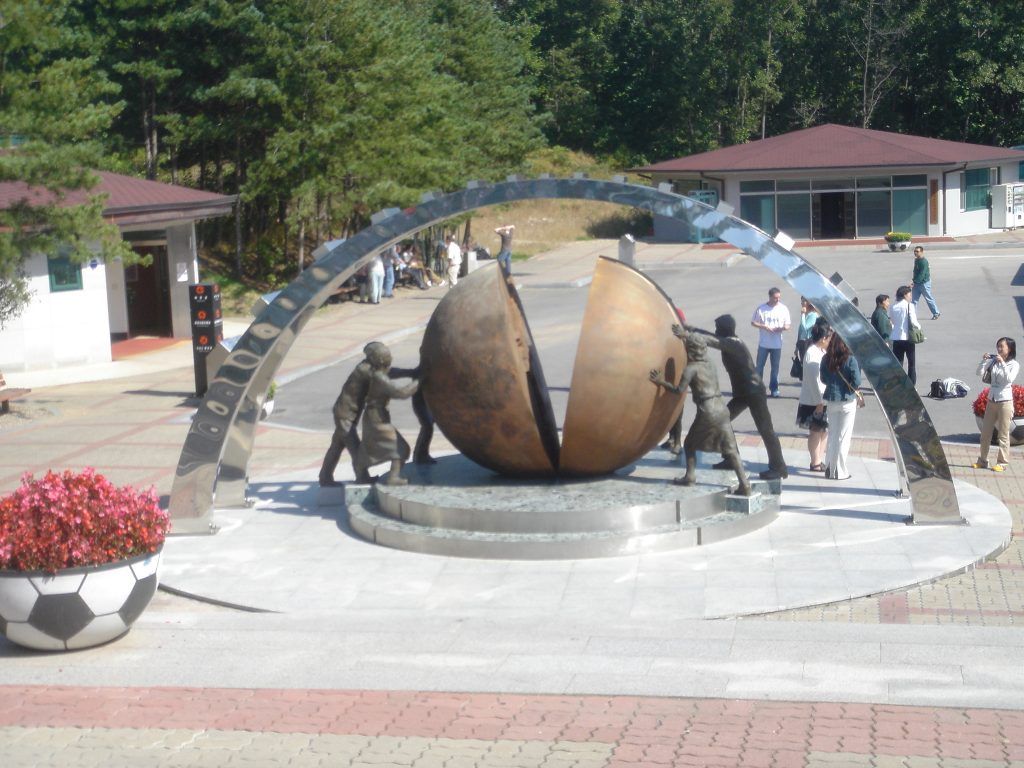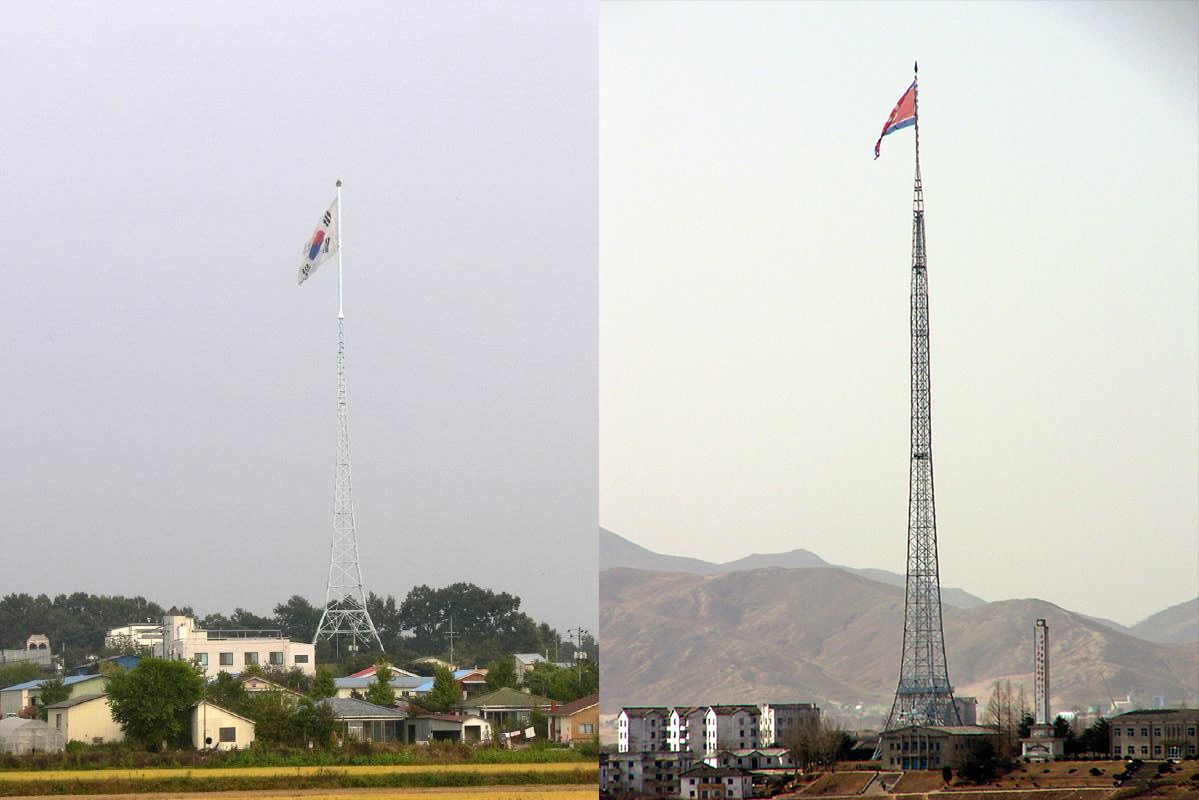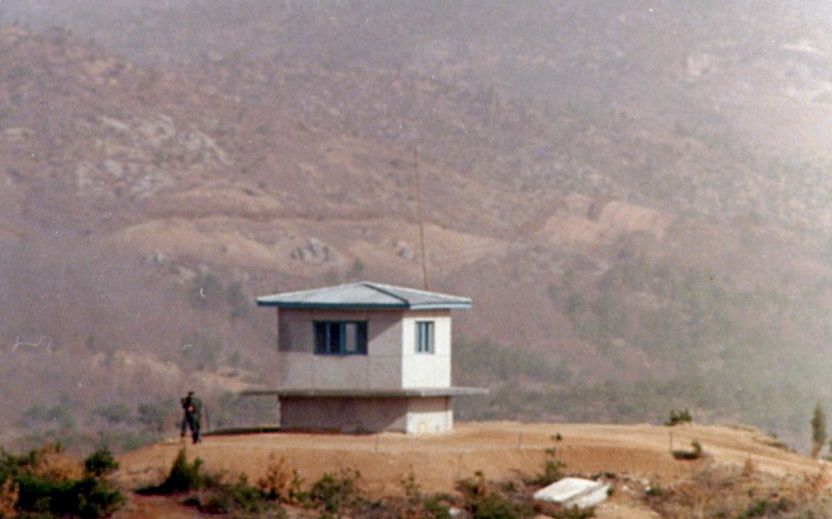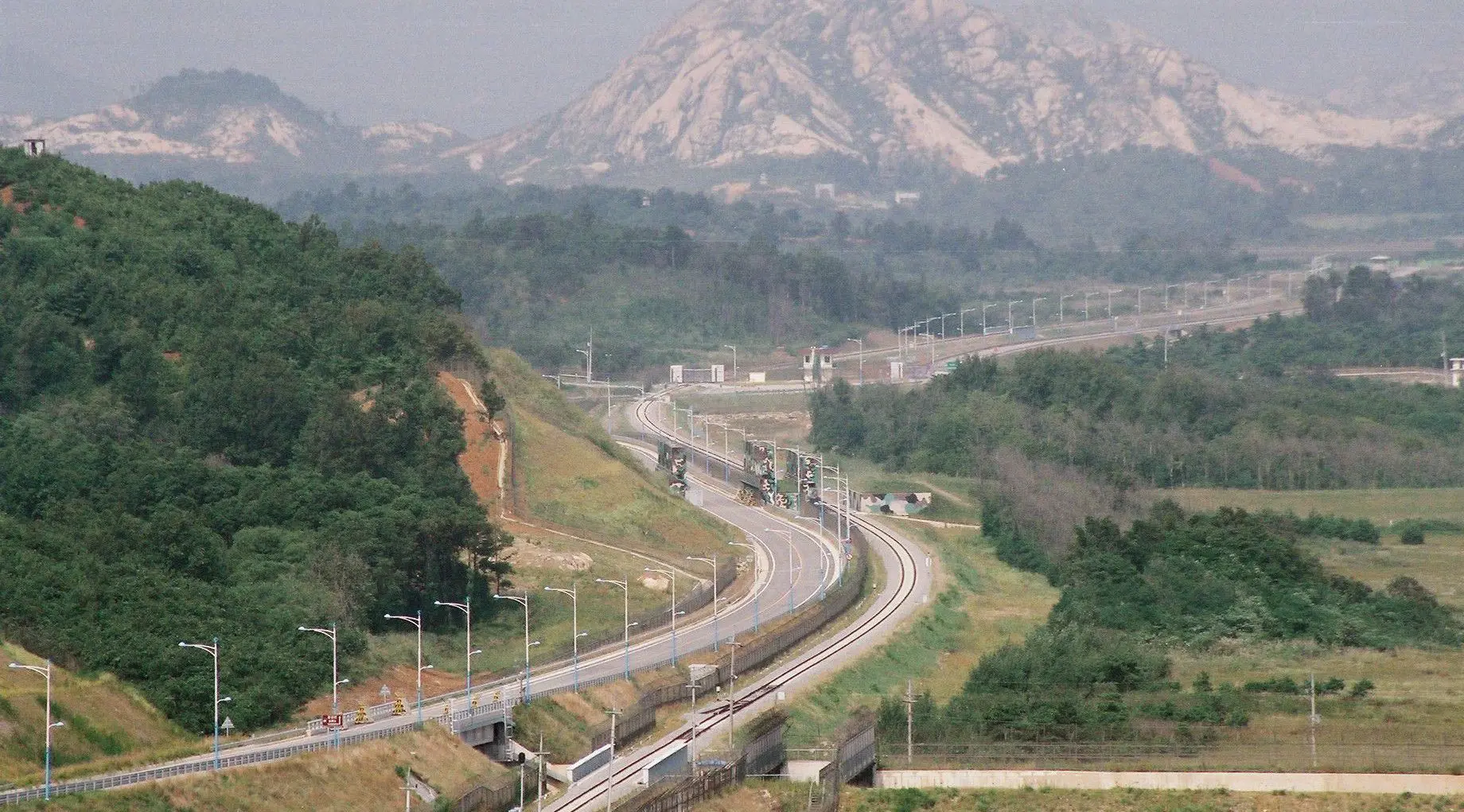What It’s Like Visiting The Korean DMZ For the First Time
Whilst Zoom has done a great job of subbing in for business meetings with overseas clients and partners, unfortunately it cannot replace our lost recreational travel in this hideous COVID-19-handicapped world. Certainly, all my plans for holidaying abroad have been put on hold for the immediate future.
To appease my raging travel urges, in the interim I have been revisiting photos of trips past and viewing all these wonders of the world again has got me thinking. Some of the sights I’ve seen like; the Pyramids in Egypt; the Coliseum in Rome; and the skyscrapers in New York City are shining examples of the astonishing creativity and willpower of humans. Some, like; Hiroshima and Auschwitz are depressing examples of the heinous destruction we are also capable of. Then there are yet others that stand as testimony to the absolute idiotic stupidity of Mankind. The DMZ, or Demilitarized Zone, in Korea is perhaps the supreme example of those.
Fortunately for me, I visited the DMZ before either Kim Jong-un or Donald Trump came to power. Not that either of them had anything to do with creating this farce in the first place, but the Zone is on edge enough without having those trigger-happy narcissists around. Created in 1953 after over 3 million people died in what the Americans termed a “police action” had concluded, the DMZ is a strip of land 250km long and around 4km wide that separates North and South Korea.

Unlike the “no man’s land” of the Western Front during World War I that usually was deserted unless one side or the other was invading, the DMZ boasts two villages; one for each side. And this is where the madness really kicks in. South Korea created the first village, Daeseong-dong, largely because they were running out of farmland to feed their growing population and it seemed a shame to leave all this fallow land idle. The inhabitants of Daeseong-dong are allowed certain privileges like paying no tax and exemption from military service in return for living right in the front line.
Seeing this, the North Koreans felt inspired to offer their riposte; an opposing DMZ “township” called; Kijõng-dong or “Peace Village”. What followed was a juvenile Battle of the Flagpoles as the South erected a massive 100m flagpole to celebrate their nation’s proud presence in the DMZ. Not to be outdone; the North replied with a staggeringly tall 150m one. Gazing upon these flags from the viewing deck I was reminded of the Richard Scarry books of my childhood. Mr Scarry had drawn two strikingly similar flagpoles to illustrate his imaginary villages of Busy Town (sun logo) and its neighbouring hamlet of Workville (hammer logo). Scary stuff.

Image credits: Pcamp; Jpbarrass
Now, I didn’t actually get to visit either DMZ village – a; because I needed an official invitation, a military escort and at least two weeks’ notice to visit Daeseong-dong and b; I was not allowed to visit Kijõng-dong – UNDER ANY CIRCUMSTANCES.
So I had to make do with a tour of the DMZ – and my guide turned out to be a six foot six South Korean man in camouflage uniform who had either grown up in the East End of London or had somehow arranged for Vinnie Jones to be his English language teacher as he spoke Cockney fluently. What followed was an extremely surreal experience as we tourists piled into a mini-bus and the driver bumped and jolted us along some dirt roads into some pretty yet unkempt countryside. The Cockney Captain Park then rested his entire back along the ceiling of the van and gave us a running commentary/propaganda spiel during our trip.
One quirk Park displayed was that he constantly – and bizarrely – referred to the North Koreans as; “the Neighbours”. And whilst every sentence he uttered about these Neighbours was delivered in barely restrained disbelief and contempt, there was also an undercurrent of regret – as these people are also the cousins, aunties, uncles and grandparents of everyone in South Korea. Park told us that no one actually lived in the Neighbours’ Peace Village but that a skeleton security detail was deployed there to turn house lights on and off and play music intermittently to give the impression that people lived there.

A comment that you could take or leave as one side’s agitprop – but it was backed up almost immediately with evidence as our driver suddenly took a detour off the “road” and into some handy bushes. Here we lurked until a small motorcade of vans passed by heading northward from the South side. Park urged us – with a quivering voice – to “take a gander at the regos of them vans!” as they paraded past. His point was that none of the vans had any. They had been removed because the vans were carrying South Korean construction workers to a project on the Northern side; “so the poor bleedin’ Neighbour rubes don’t know who they are, eh?”
The North Korean government were obviously happy to accept South Korean building expertise (and probably cash and materials too) but couldn’t afford to let their populace know they were relying on filthy degenerate capitalists to also get the job done. I can still feel the wave of pity I felt for the North Korean people at that very moment even today. What I can’t imagine is how they will feel when they finally learn they’ve been lied to their entire lives.
So, when this global lockdown finally ends and we can jump back onto our planes to start seeing the world again – don’t just target the good times places. To get a real education about what Humankind is capable of; why not add the DMZ to your Bucket List. It’s as close to visiting North Korea as you’re likely to get and frankly, as close as you should ever want to.
Top image credit: Kussy

